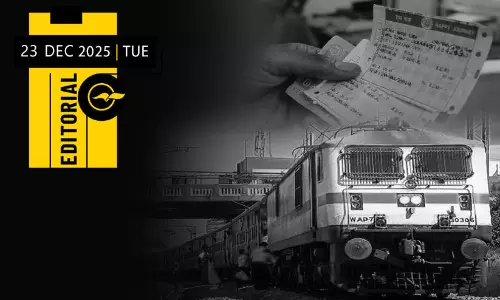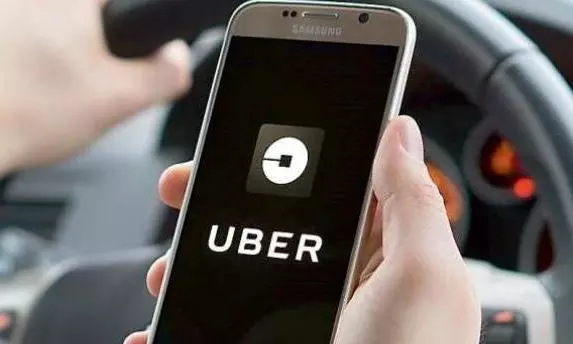
Uber shifts to zero-commission model for autorickshaw rides in India
text_fieldsIn a strategic shift to stay competitive, ride-hailing giant Uber has introduced a zero-commission model for autorickshaw drivers in India, opting instead for a subscription-based system.
This approach aligns with local rivals who have already implemented similar strategies, intensifying the competition in the country’s ride-hailing sector.
Uber announced that its platform will now function solely as a connector between riders and nearby drivers. While the app will suggest a fare, the final amount will be determined through direct negotiation between the driver and the passenger.
A company spokesperson emphasised that this decision was made to ensure Uber remains competitive in the market. "We did not want to be at a disadvantage," the spokesperson said.
The move comes as drivers on platforms like Uber and Ola have repeatedly protested against the high commissions charged by ride-hailing companies. In contrast, emerging competitors such as Rapido and Namma Yatri have gained traction by eliminating commission fees and instead charging drivers a fixed daily or weekly subscription fee.
Additionally, the shift follows recent regulatory discussions regarding tax liabilities. Authorities previously indicated that platforms operating a model similar to Namma Yatri, which simply connects drivers with passengers, may not be required to pay certain taxes. This has further prompted industry players to rethink their revenue structures.
Uber has also faced challenges due to varying fare regulations across different Indian states, making compliance a complex issue. By adopting a subscription model, the company may gain more flexibility while addressing drivers' long-standing concerns over commission rates.

















